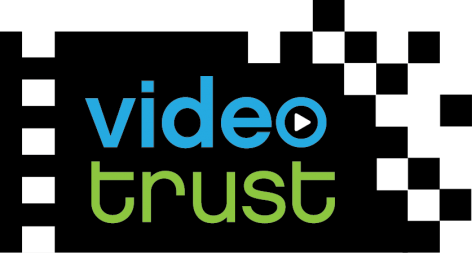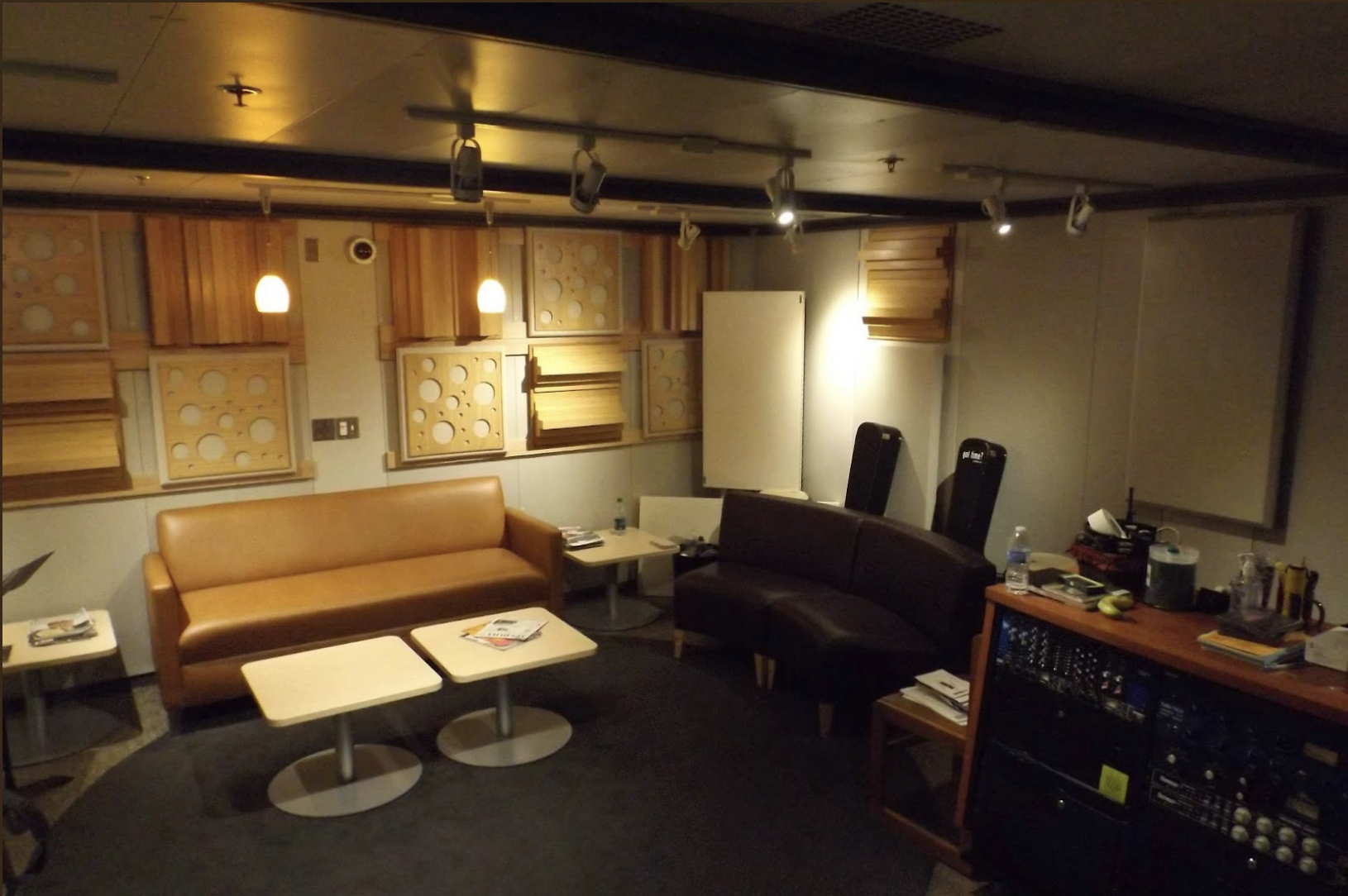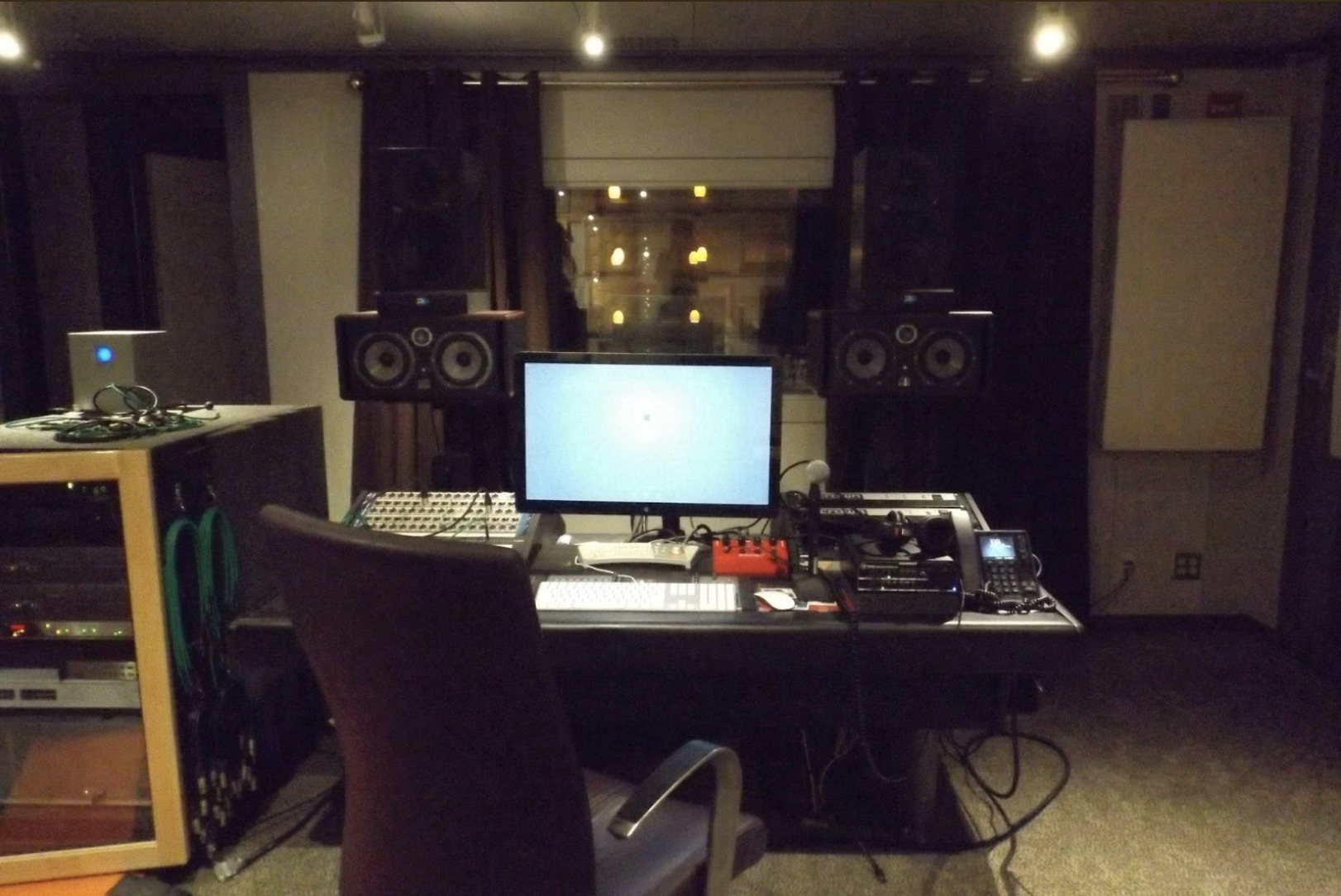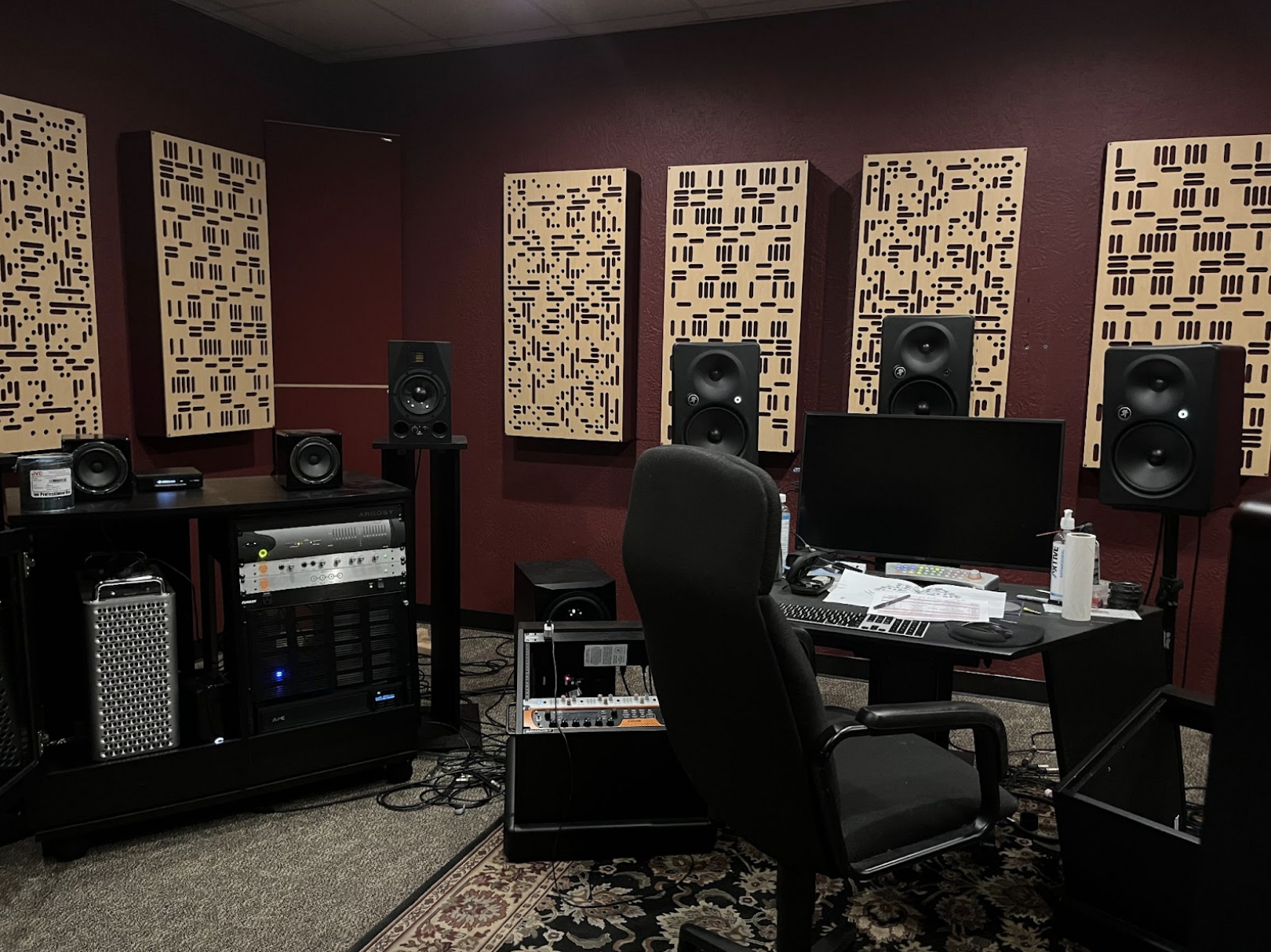Non-traditional library spaces: Creating a library recording studio
Welcome to the first library spaces column in Stream Magazine. My vision for this column is to explore non-traditional library spaces that have been designed for content creation of streaming media. In recent years, libraries have become more than a place to store books and study individually. Librarians have worked to develop non-traditional spaces that support student learning and engagement. I want to highlight some of these spaces in the first four issues of Stream. I will be interviewing library employees about some of their non-traditional library spaces that are intended for content creation. In this first issue, I interviewed Amy DeVoge who manages the Crossroads Recording Studio in Texas Tech University Libraries. My aim is to provide other libraries with the opportunity to learn from their peers and hear about some of the lessons learned and hopefully inspire other librarians to develop their own non-traditional library spaces for the creation of content.
Let me paint you a picture. You walk through a university library basement, passing dozens of students studying for their final exams. Some are working in groups, others individually. You turn a corner and come to an unassuming door that is not marked. You are taken through two doors and are immediately transported into a classic recording studio (think Abbey Road only smaller). There are couches, comfortable chairs and the lights are dimmed. Someone sitting at the computer in front of a large glass window, a recording booth with a drum set, and a lot of audio equipment. I found myself in this environment, and even though I am not a musician, my creative juices began to flow. Ideas swirled into motion and I started writing this column in my head as I took everything in.
A recording studio in a university library? Surprising and powerful.
This was my experience when I visited the Crossroads Recording Studio housed in the Texas Tech University Library. You read that right, a recording studio in a university library. When I first heard this, I was surprised. I had never heard of a recording studio located in a library. This is one of those unique library spaces that you would not think exists because of the noise associated with recording music. When I first learned there was a recording studio in the library I was intrigued and wanted to learn more about it.
Crossroads Recording Studio control room. Photo credit: Amy DeVoge, Texas Tech University Libraries, Crossroads Recording Studio. https://www.facebook.com/ttucrossroadsstudio
I honestly was not sure what to expect when I visited the recording studio for the first time to meet with Amy DeVoge, the Unit Manager who oversees the Crossroads Recording Studio. I knew they had a drum, keyboard, microphones and recording equipment. I expected one, maybe two rooms. I was surprised to learn about the services that the staff provides to the university community.
Drums located in Crossroads Recording Studio recording booth. Photo credit: Amy DeVoge, Texas Tech University Libraries, Crossroads Recording Studio. https://www.facebook.com/ttucrossroadsstudio
The makings of a library recording studio experience
The Crossroads recording studio was founded in 2011. This space provides a unique opportunity for the university community to record music, audio books, podcasts, and audio dubbing for films. The staff in the recording studio schedules free sessions with any Texas Tech student, faculty, or staff member to record in the space. The services are paid for through student activity fees. However, they primarily serve students.
The recording studio provides most of the equipment that may be needed. To keep from having to carry large instruments across campus, there is a drum set and keyboard available. They also provide microphones, amplifiers, and the recording equipment that is necessary for multitrack recording. Students do not need to have any experience with mixing or recording music. The staff in the recording studio are trained audio engineers and do all the mixing.
The space was built to be noise isolated. DeVoge described it as a “box within a box.” The space was designed using Wenger modular practice rooms to provide noise isolation from the rest of the library. Any sound from the studio is dissipated by the void between the walls; any sound that remains blends into the noise of the HVAC system. Occasionally, some noise can be heard in the library, especially when a drummer is playing. The studio is divided into three distinct areas: control room, recording booth, and a mix room. The recording booth has three separate rooms. The first you enter contains a drum set. Then there are two isolation rooms for guitars, vocals, and amplifiers. Depending on the needs of the band, all or only one of these rooms may be used per session.
Appointments are open at the beginning of each semester. Each session takes hours of planning and preparation. Before a band is allowed to reserve the studio, they must confirm that at least one band member is a Texas Tech student. That student is required to play a significant part in the recording. In other words, they must do more than play backup percussion or be the band’s manager.
Important details that make it work
DeVoge described the process they take for recording as being long and involved. They begin with a consultation to determine which instruments, if it is a single or full album, and other needs they may have. Recording several takes with drums and on other instruments until they have the sound they are looking for. She usually brings the band into the control room to listen to the tracks to ensure they are happy. Then on a separate day they may do the vocals followed by backup vocals. Once all the separate tracks are recorded, the audio engineers go to work mixing the final master using Avid Pro Tools, an industry standard for producing music. Finally, students are provided with a master, retain the copyright, and are responsible for distribution of their work.
Crossroads Recording Studio mixing room. Photo credit: Amy DeVoge, Texas Tech University Libraries, Crossroads Recording Studio.
Lessons learned: The do’s and don’ts
Over the past decade, DeVoge has learned many lessons that should help other libraries in planning for a recording studio like the Crossroads Recording Studio. The first being that a recording studio is a big undertaking that requires a huge time commitment. In addition to the time spent recording, studio staff must also carve out a significant amount of time to mix audio and develop the best possible final product. The initial instinct may be to schedule as much studio time as possible but having time to mix tracks is just as important. Therefore, blocking out time to mix was one of DeVoge’s early lessons.
Hiring the right people to work in the recording studio is critical to the success of the program. Studio staff need to have a variety of skills including time management, knowledge of acoustics, experience with sound engineering, and knowledge of how a studio works, to name a few. It is important for studio employees to be familiar with the ins-and-outs of how a studio functions and best practices for organizing a recording session, including how to separate different instruments and vocals into multiple sessions, and mixing techniques.
While an academic library may not seem like a traditional space for a recording studio, Texas Tech University Libraries’ Crossroads Recording Studio is an exceptional example of a non-traditional library space designed to record and produce streaming media. With the proper soundproofing and staff to manage the space, they have demonstrated that libraries can be more than a building to store books and provide study spaces, but can also support a variety of user needs, including recording professional-quality audio.




